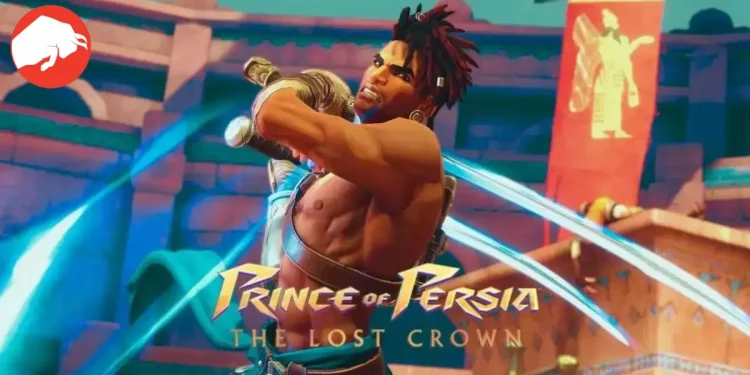The Resurgence of a Legendary Series
Prince of Persia, once a flagship franchise for Ubisoft, is reawakening with its latest offering, “Prince of Persia: The Lost Crown.” Following a dormant period after 2010’s “Forgotten Sands,” the series is now taking a bold new direction with this latest installment. This 2.5D Metroidvania action platformer veers away from its predecessors’ expansive adventures, potentially dividing fans but undeniably marking a standout moment in the series’ long history.
Introducing Sargon, a New Protagonist
In “The Lost Crown,” players step into the shoes of Sargon, a member of the elite warriors known as the Immortals. Tasked with rescuing the kidnapped Prince Ghassan, Sargon ventures into the mystical Mount Qaf, a realm where the normal constraints of time and space falter. The game’s narrative weaves engaging twists and exhilarating action, reminiscent of high-octane anime sequences.
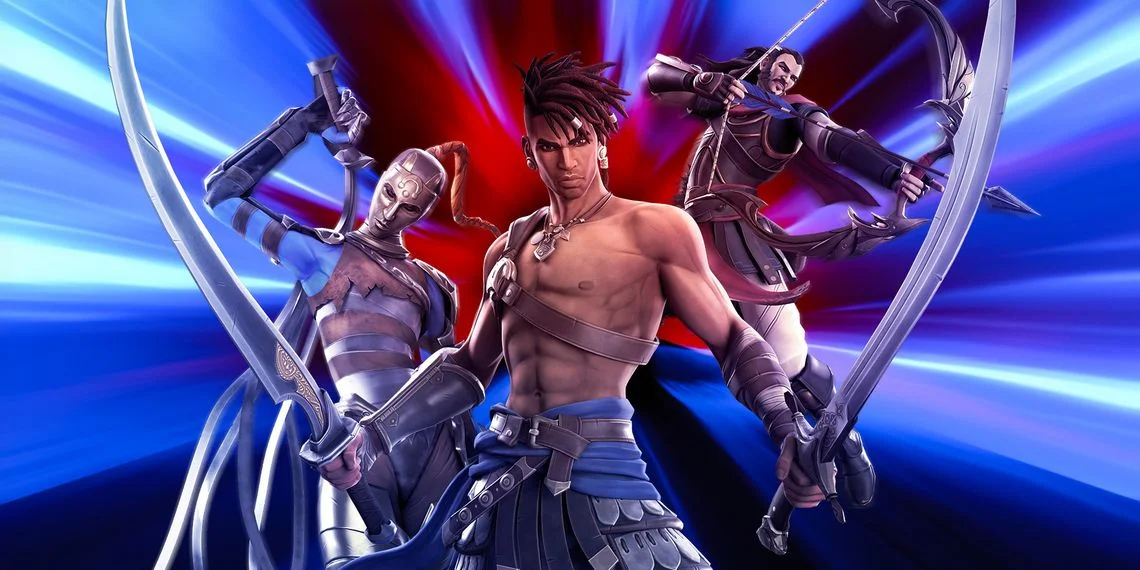
Artistic Style and Visual Appeal
While the game’s cartoony art style complements its dynamic cut-scenes, opinions may vary on its in-game graphics. Some players might find the visual style a bit dated or generic despite its stylization. Nevertheless, the aesthetic choices contribute to the game’s overall charm, even if they diverge from some fans’ expectations.
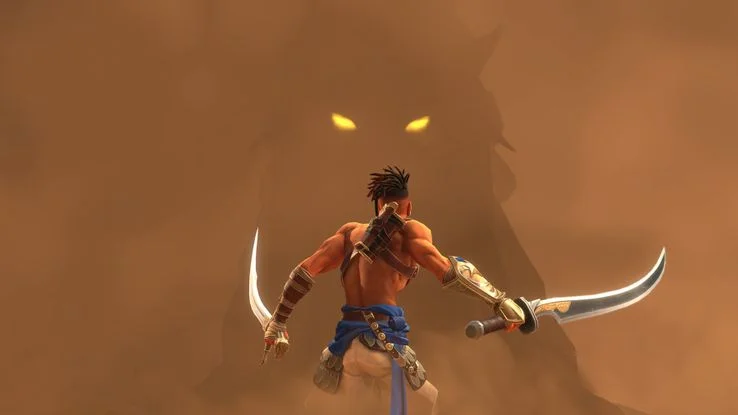
A Metroidvania Adventure with Time-Bending Twists
As Sargon, players are free to explore Mount Qaf, with progression tied to acquiring new abilities. Standard moves like dash and double jump are complemented by intriguing time-based powers, integral to navigating the game’s puzzles and challenges.
Engaging Gameplay: Combat, Platforming, and Puzzles
“The Lost Crown” excels in blending combat, platforming, and puzzle-solving. Sargon’s journey begins with basic attacks but evolves into a diverse combat repertoire. The game’s platforming sections are particularly notable, demanding precision and creative use of Sargon’s abilities. Players will find themselves engrossed in solving complex puzzles that require strategic thinking and clever utilization of time-based powers.
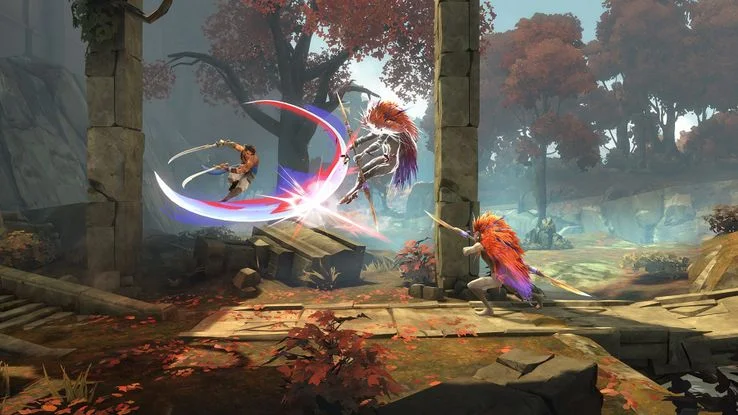
A Test of Skill and Strategy
“The Lost Crown” is not just about exploration but also challenges players with its combat and platforming sequences. While standard enemies may be easy to dispatch, the boss battles ramp up the difficulty, requiring players to fully leverage Sargon’s skills. These encounters strike a fine balance between challenge and enjoyment, avoiding frustration while delivering exhilarating gameplay.
Customization and Exploration
Players can enhance Sargon’s abilities by finding items or purchasing upgrades. Exploring Mount Qaf’s vast landscape rewards players with valuable items and reveals hidden secrets, although it involves some backtracking. The game cleverly uses Memory Shards, allowing players to mark untraversable obstacles and return later with the necessary abilities.
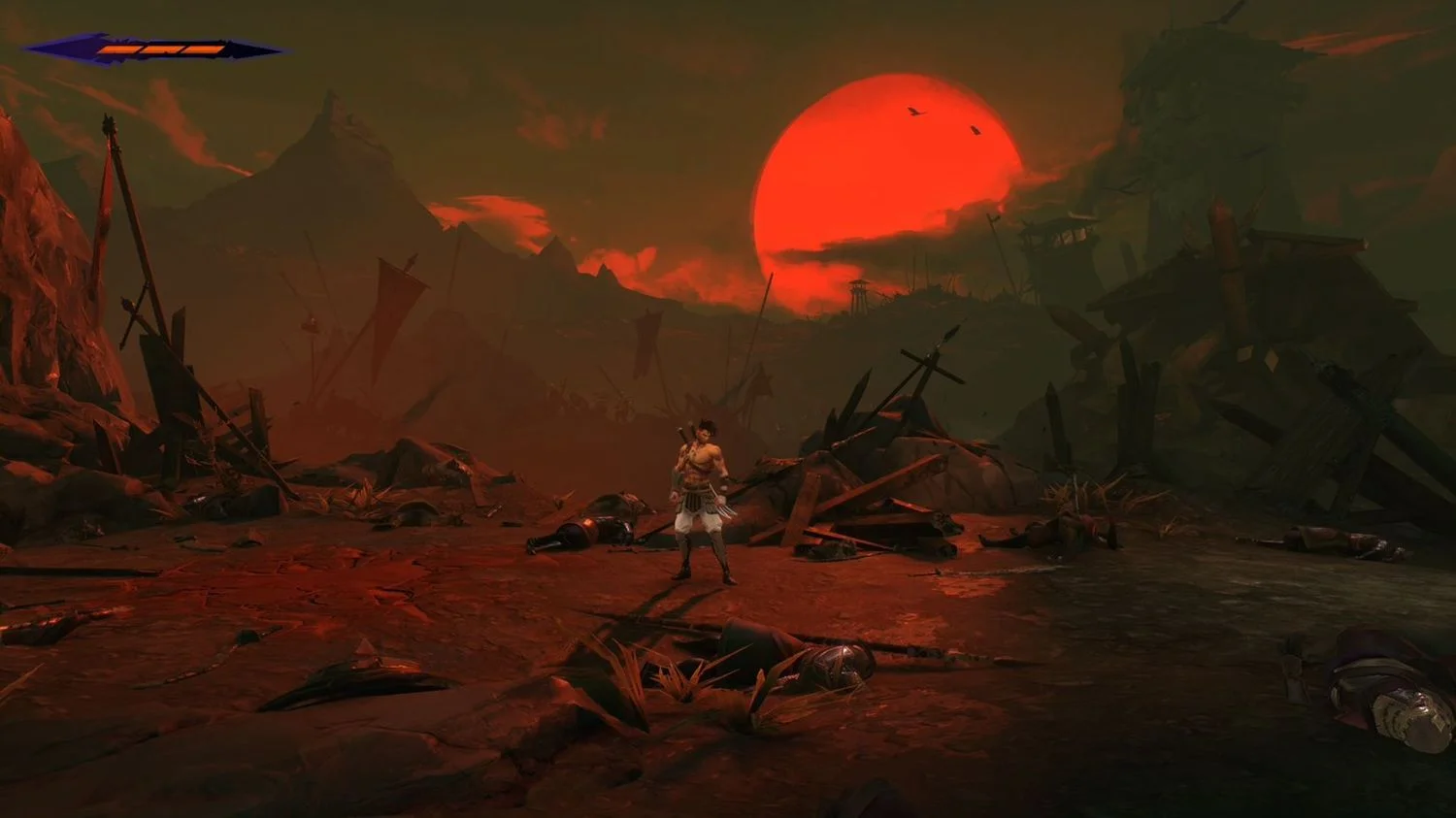
A Rich, Rewarding Experience
Finishing “The Lost Crown” offers a sense of achievement akin to conquering the toughest bosses in Souls-like games. The game’s structure allows for extensive exploration and side quests, adding depth beyond the main storyline.
A New Chapter for Prince of Persia
“Prince of Persia: The Lost Crown” stands as a testament to the franchise’s enduring legacy
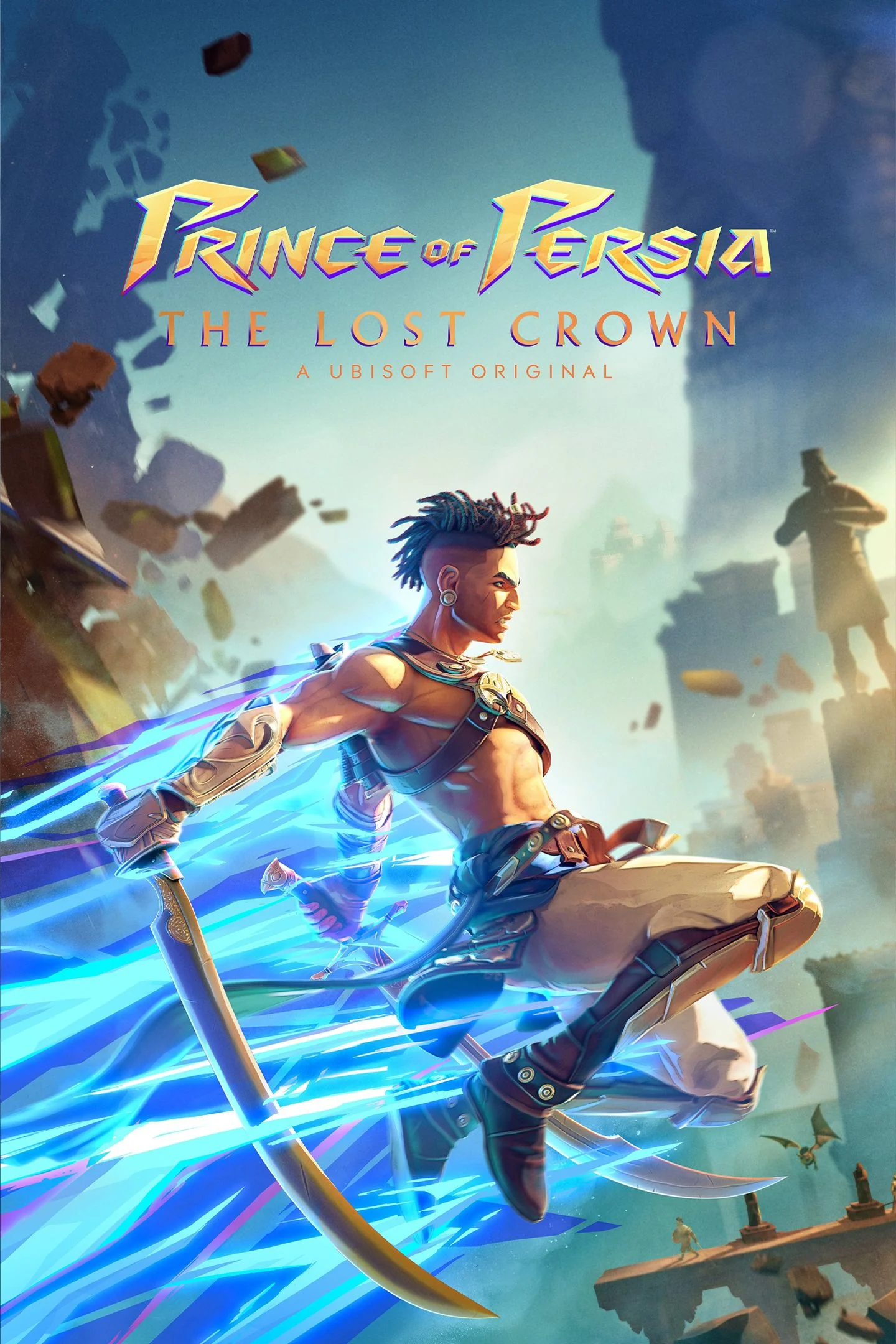
and its ability to engage both newcomers and veterans of the Metroidvania genre. Its innovative approach, particularly the introduction of Memory Shards and customizable difficulty levels, sets a new standard in the genre. The game’s blend of challenging combat, intricate platforming, and deep exploration makes it not just a revival of a classic series but a reinvention that could stand shoulder to shoulder with the likes of “Super Metroid” and “Castlevania: Symphony of the Night.” “Prince of Persia: The Lost Crown” is not just a triumphant return for the series but a benchmark for future Metroidvania titles, showcasing a perfect blend of traditional gameplay and innovative new features.


